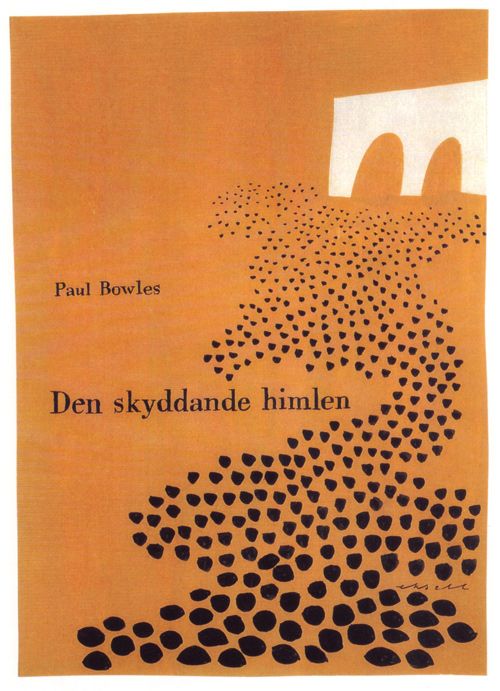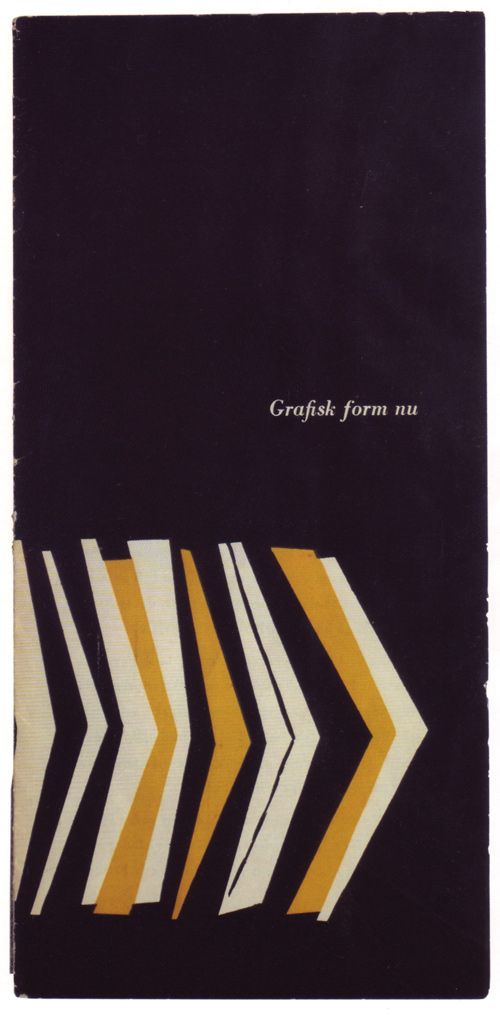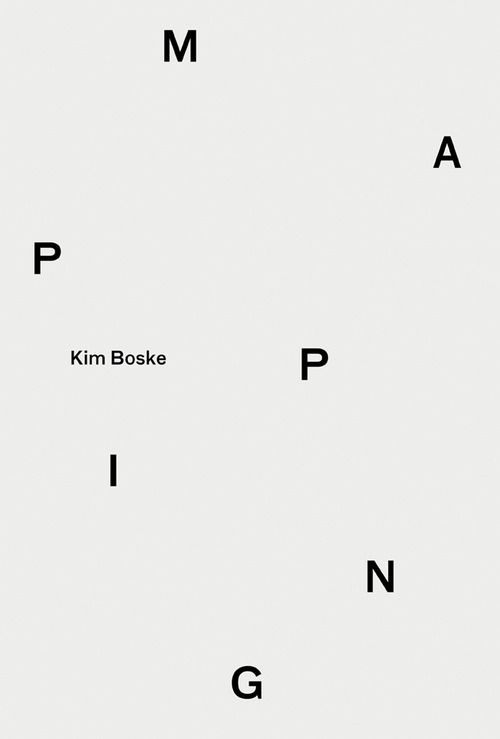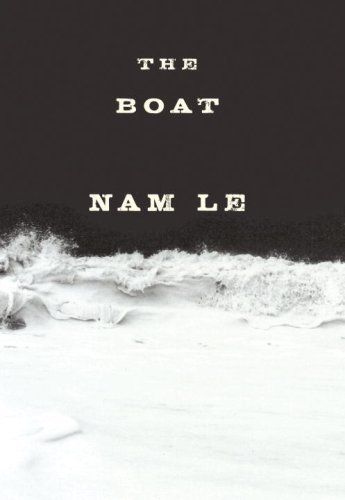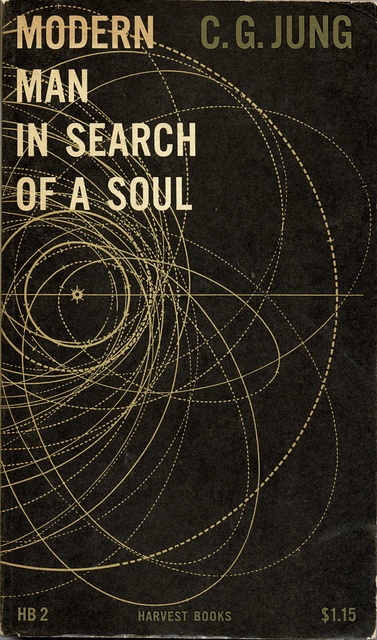When starting out after graduating from Parsons in 2009, it took me years to understand that the language I was speaking was not the language of a fashion designer, but rather a hybrid of a fashion designer and an entrepreneur. It meant me meeting the right people at the right time, having conversations that I never thought I would have, and stepping off of a path that had been laid out in front of me since my first taste of fashion industry at the age of 18. In doing so, I had to step away from what I knew and into an abyss, hoping to find my voice and my people.
Once you decide to be a designer there is only one path to take, whether you have your own design business or you have a job with another brand: you must keep up with the cycle of all of the other fashion businesses. When you are in a startup you are basically required to do something totally different than what already exists. There is a huge dichotomy here, and for anyone who is interested in change and progress, fashion as it exists is quite suffocating.
There is a real opportunity here to start considering the business of fashion at all of its levels and in all of its shapes and sizes, and accepting entrepreneur as synonymous with designer.
There are bridges forming between the fashion world and the startup world, but they are all being built from the land of technology towards the land of fashion. The land of fashion has little moments celebrating the innovations of technology, but mostly through content creation and in various novel ways. They know how to create buzz, but they aren’t changing the world. Even an example like Burberry, celebrated for their embracing of all things digital, are only dressing up a business that remains tied to the cycle.
The innovation in these big companies has to be in communication and marketing, because they are too big and working too well to alter from the bottom up. The problem is not that heritage companies all function in the same way, but that all fashion businesses starting out head down the same path by default, without questioning it. that's just the way it's done. We celebrate unique aesthetics and content creation, but new business models cannot take off because they are rejected by the gatekeepers. Our innovation comes in marketing strategies and commercial channels, but not in business models. And where would we go to find a mentor to guide us through innovation? Likely to tech land, where a new idea can be flushed out and developed rather than scoffed at.
When you are a startup in tech land, you have access to long list of incubators, accelerator programs, and mentors. New ideas are encouraged and plentiful, and are up for grabs to the one who does it best. As a designer our options are limited to competitions, show room sponsorships, and a select few programs, like the CFDA incubator in New York, where the focus on the business is a bit more long term. But these tend to focus on businesses that already have some traction, whereas for a startup you find support from, well, the moment you start up.
This is not a question of fairness, or of all designers deserving a shot. It is an argument that I’ll eventually (in another article) bridge into how fashion can be more sustainable as an industry if we learn a little something from the startup model. And this is speaking to both designers and industry decision makers: we need to start building the bridge back towards tech land. Young designers should consider business models that break from the rules of the gatekeepers, and industry decision makers should encourage this dialogue for future change.









